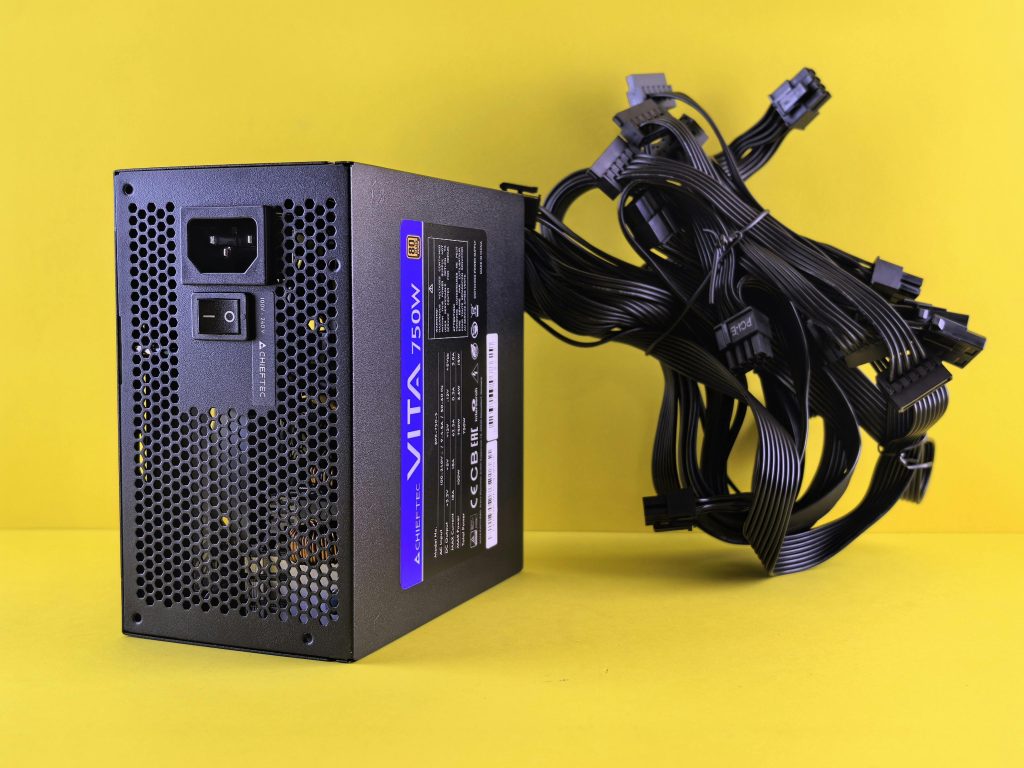Solving PCIe Instability: Troubleshooting the MSI X670E Carbon WiFi and Polar Fox GeForce RTX 5080 OC
The experience of building a high-performance PC can be both rewarding and daunting, especially when tackling the inevitability of hardware compatibility issues. With technology pushing the boundaries of performance, sometimes it seems like we’re left in the dust trying to keep up with the nuances of ever-evolving standards like PCIe. In this blog post, we delve into a user’s perplexing journey with the MSI X670E Carbon WiFi motherboard and the Polar Fox GeForce RTX 5080 OC graphics card, focusing on PCIe Gen5 instability. We’ll expand on the topic to provide insights and potential solutions.
Understanding PCIe and Its Generations
Peripheral Component Interconnect Express (PCIe) is a high-speed interface standard for connecting hardware devices to a computer’s motherboard. It plays a critical role in the performance of GPUs, storage devices, network cards, and other peripherals by dictating data transfer speeds and bandwidth. Each new generation of PCIe offers a doubling of data transfer bandwidth per lane over the previous generation.
- PCIe Gen1: Introduced a connection speed of 2.5 GT/s (Gigatransfers per second) per lane.
- PCIe Gen2: Doubled the speed to 5 GT/s.
- PCIe Gen3: Further doubled this to 8 GT/s, becoming a standard for many existing systems.
- PCIe Gen4 and Gen5: Continued this trend, with Gen4 at 16 GT/s and Gen5 at a blazing 32 GT/s.
The MSI X670E aims to fully utilize Gen5 speeds, intended to support the latest technology like the GeForce RTX 5080.
The Problem: Fluctuating PCIe Speeds
When it comes to high-performance GPUs like the Polar Fox GeForce RTX 5080 OC, maximum data transfer rates are crucial for gaming and computational tasks. However, the poster noted troubling fluctuations in PCIe speed when setting the BIOS to utilize Gen5. Instead of consistently operating at Gen5 speed, the system often defaulted to Gen3 or, more concerning, Gen2, and Gen1.1.
Symptoms of the Issue
- Inconsistent PCIe Speeds: Post-boot, the system often locks at Gen3, Gen2, or Gen1.1, notably affecting performance when not at Gen3.
- Performance Drops: Below Gen3, users report significant lag—often seen in frame-rate stutters, screen flickering, and connectivity issues such as black screens and no-signal outputs.
- Partial Breaches into Gen5: Upon restart, the system sometimes returns to Gen5 functionality, hinting at potential transient issues or instability.
Observations and Temporary Fixes
The user in question attempted throttling the PCIe to Gen4 as a sort of ‘last-known-good’ configuration, noticing marginal improvements in stability. Yet, regressions to Gen3 persist, pointing the finger at potentially deeper compatibility or hardware issues.
Exploring Possible Causes
Diagnosing the fluctuations in PCIe speeds can be akin to detective work. Here we’ll explore potential culprits and pathways that might explain these quirks.
1. BIOS and Firmware: The Heart of Configuration
Given that frameworks like PCIe involve both hardware and firmware, one immediate suspect is the BIOS settings or its version. Motherboards like the MSI X670E are reliant on firmware to correctly interpret and set hardware parameters, such as PCIe speed settings.
Solution Path:
– Update BIOS: Ensure you have the latest BIOS version installed. Newer versions may contain fixes for specific issues involving newer hardware like the RTX 5080.
– Boot Options Reset: Reset BIOS to default and manually reconfigure PCIe settings to encourage proper lane recognition.
2. Motherboard and PCIe Slot Issues
The socket connection itself could present physical limitations. Similar issues have been observed if the GPU isn’t seated correctly or if there’s damage to the slot.
Solution Path:
– Reseat GPU: Remove and carefully reinstall the GPU to ensure a secure and correct connection.
– Alternate Slot Test: If applicable, try using another compatible PCIe slot to rule out damage to a specific slot.
3. Driver Inconsistencies
GPU drivers translate Software commands into hardware processes and can hence affect how well the system supports hardware scaling features like PCIe Gen switching.
Solution Path:
– Clean Driver Reinstallation: Use Software such as DDU (Display Driver Uninstaller) to remove current GPU drivers and reinstall the newest versions freshly.
4. Power Supply Strain
Higher PCIe generations can demand increased power for their sophisticated bandwidth. If the power supply is inadequate or faulty, the system might throttle performance to mitigate risk.
Solution Path:
– Power Supply Adequacy Check: Verify that the power supply rating meets or exceeds the combined demands of the GPU and the rest of your system.
– Check Connections: Ensure all power cables are correctly and securely connected to the GPU.
5. Physical and Environmental Factors
Environmental constraints like dust, airflow, and overall system thermal management can affect electronic components’ performance.
Solution Path:
– System Cleanliness: Regularly clean the system case and components to avoid performance degradation from dust build-up.
– Adequate Ventilation: Optimize airflow within your PC case to ensure efficient cooling.
Open Discussion: Engaging the MSI Community
For users facing similar issues, a useful step is reaching out within community forums dedicated to motherboard or GPU discussions, such as an MSI or Nvidia forum. Discussing shared experiences might reveal specific recurring issues linked to batch productions or specific Software versions.
- Community Insight: Understand if others are experiencing similar issues post-firmware updates.
- Collaborative Solutions: Engaging with peers might lead to unorthodox solutions or troubleshooting steps not found in conventional setups.
Final Thoughts: Seeking Resolution
While the allure of PCIe Gen5 is irresistible for performance enthusiasts, its adoption isn’t without growing pains. For users encountering hardware instability like the one described, patience, systematic troubleshooting, and community engagement are key. As manufacturing standards evolve and settle, issues such as this are often addressed through iterative updates.
Ultimately, it might be beneficial to seek direct support from manufacturers when facing persistent hardware issues. They can provide specific diagnostics or replacements if faulty components are identified. The journey to optimal PC performance is ongoing, but armed with knowledge and a methodical approach, users can enjoy the cutting-edge capabilities of components such as the Polar Fox GeForce RTX 5080 OC to their full potential.
Share this content:




Re: Solving PCIe Instability: Troubleshooting the MSI X670E Carbon WiFi and Polar Fox GeForce RTX 5080 OC
Thank you for sharing your insights on the issues you’re facing with the MSI X670E Carbon WiFi and Polar Fox GeForce RTX 5080 OC. Your detailed exploration of the PCIe situation is commendable, and it highlights some critical aspects of troubleshooting modern hardware.
As you pointed out, the fluctuations in PCIe speeds can be quite frustrating, especially when striving for peak performance. Here are some additional steps and considerations that might assist in resolving the instability:
Update Chipset Drivers
In addition to GPU drivers, ensuring that your motherboard’s chipset drivers are up-to-date is crucial. These drivers often play a pivotal role in managing PCIe lanes and ensuring compatibility with newer GPUs.
Advanced BIOS Settings
While you’ve mentioned resetting the BIOS, consider delving deeper into advanced settings. Disabling PCIe Power Savings could provide a more stable performance, and checking for settings related to PCIe lane allocation might also yield better results.
Testing with Another GPU
If available, testing a different GPU in the same setup can help isolate whether the issue is with the motherboard or the graphics card itself. This approach can save time and help narrow down the root cause